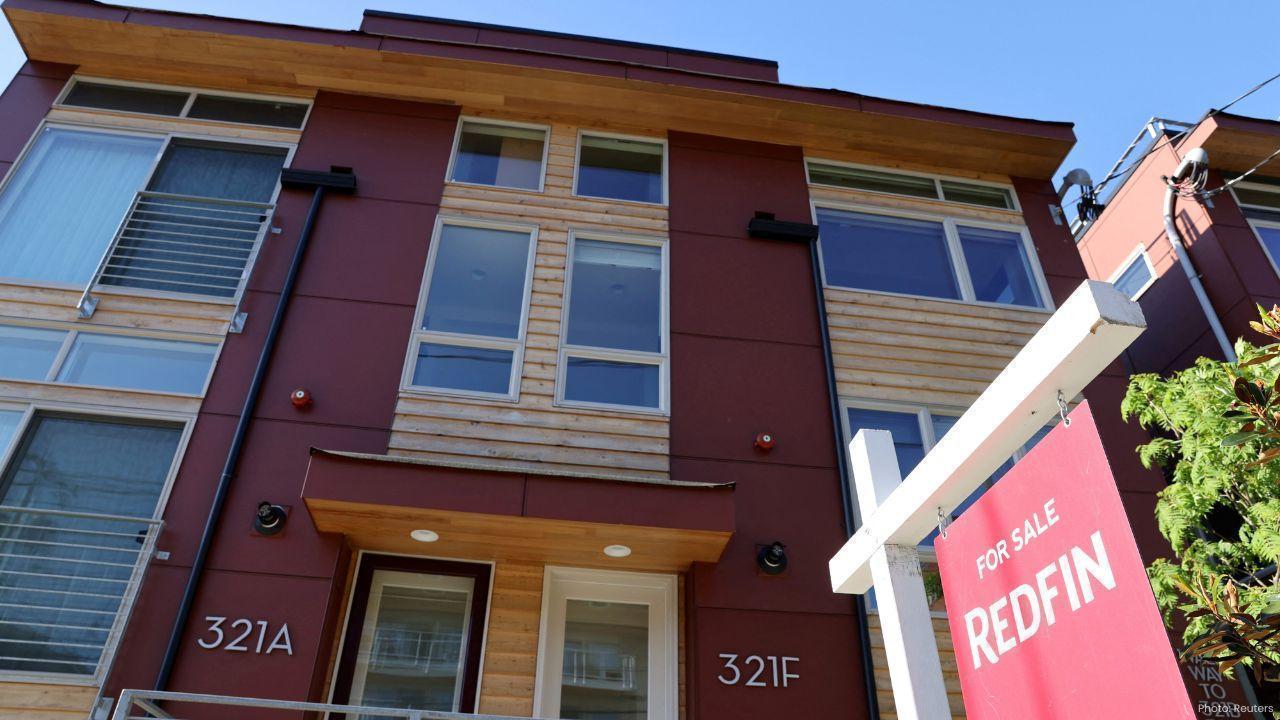
Post by : Armust Desk
Homeowners across the United States are now facing insurance costs that have reached record levels, a trend that is causing concern for millions of families. In recent months, insurance companies have raised premiums significantly as they respond to an increasing number of claims, the growing frequency of natural disasters, and rising construction and repair costs. For many families, protecting their homes—a place of safety, memories, and investment—has become a substantial monthly financial burden.
While insurance has always been a critical part of homeownership, the pace of recent premium increases is unprecedented. Families in many parts of the country now find themselves paying hundreds, and in some cases thousands, of dollars more annually to maintain the same level of coverage.
Extreme Weather Events Drive Premium Increases
Experts highlight that extreme weather events play a central role in the rising insurance costs. Hurricanes, wildfires, tornadoes, and flooding have all become more frequent and severe in recent years. These disasters have led to a dramatic increase in the number and size of insurance claims.
For example, coastal areas along the Gulf of Mexico frequently experience hurricanes, while parts of the western United States face devastating wildfires every year. Meanwhile, the Midwest sees heavy rainfall and flooding, damaging homes and property. When disasters of this magnitude occur, insurance companies must pay out more claims than usual, which in turn forces them to raise premiums for all homeowners to cover potential future losses.
Insurance specialists explain that the unpredictability of these events makes it difficult for companies to estimate costs, leading to higher rates across the board.
Rising Construction and Repair Costs Add Pressure
Another significant factor behind record insurance premiums is the steady rise in construction and repair costs. Shortages of building materials, such as lumber and steel, have pushed prices higher, while labor costs have also risen due to increased demand and inflation.
Even minor damages now cost more to repair, and major damages from storms or fires can result in bills running into tens of thousands of dollars. Insurance companies, in turn, adjust their policies and rates to reflect these increased costs, meaning homeowners ultimately bear the financial impact.
How Insurance Companies Manage Risk
Insurance companies are also recalculating their strategies to protect themselves from future losses. With climate change making natural disasters more severe and less predictable, insurers are forced to act cautiously to ensure they can meet the demands of policyholders while remaining financially stable.
Many companies are reviewing their coverage policies, limiting certain types of claims, or increasing premiums for homes in high-risk areas. These risk management practices, while necessary for the stability of insurance providers, often place additional financial pressure on homeowners who may already be stretched thin.
The Impact on American Families
The rise in insurance costs has a direct impact on American families. Many homeowners are now searching for alternative insurance providers in hopes of finding more affordable coverage. Others may reduce their coverage levels or delay important home repairs to manage their budgets, which can leave them exposed to significant risk if disaster strikes.
Financial advisors encourage homeowners to carefully review their policies each year. They also suggest practical steps to reduce risk, such as installing storm-resistant windows, reinforcing roofs, updating electrical systems, and investing in fire safety equipment. Not only can these measures make homes safer, but they may also help to reduce insurance premiums over time.
Regional Differences in Insurance Rates
Insurance rates are not uniform across the country. Certain regions are experiencing sharper increases than others, particularly areas prone to natural disasters. Coastal states vulnerable to hurricanes, wildfire-prone western states, and flood-prone areas in the Midwest have seen the steepest premium hikes.
Conversely, inland regions less affected by extreme weather have seen relatively smaller increases, although even these homeowners are not entirely insulated from nationwide trends. This variation in rates underscores the importance of location in determining insurance costs.
What Homeowners Can Expect
Experts predict that homeowners' insurance costs may continue to rise unless significant improvements are made in disaster management, urban planning, building codes, and home protection strategies. Climate change and the increasing intensity of weather-related disasters mean that insurance companies are likely to maintain or increase premiums to cover future risks.
Homeowners may need to adapt by investing in stronger construction materials, better home protection systems, and insurance policies that provide adequate coverage for extreme events. Staying informed and proactive is essential to avoid financial hardship and ensure that homes remain protected.
While rising insurance premiums present a challenge, careful planning and risk reduction measures can help homeowners safeguard their most valuable asset—their home. By understanding the factors driving these costs and taking steps to mitigate risk, families can better manage the impact of these unprecedented increases on their household budgets.
U.S. homeowners insurance, rising insurance costs, natural disasters










Advances in Aerospace Technology and Commercial Aviation Recovery
Insights into breakthrough aerospace technologies and commercial aviation’s recovery amid 2025 chall

Defense Modernization and Strategic Spending Trends
Explore key trends in global defense modernization and strategic military spending shaping 2025 secu

Tens of Thousands Protest in Serbia on Anniversary of Deadly Roof Collapse
Tens of thousands in Novi Sad mark a year since a deadly station roof collapse that killed 16, prote

Canada PM Carney Apologizes to Trump Over Controversial Reagan Anti-Tariff Ad
Canadian PM Mark Carney apologized to President Trump over an Ontario anti-tariff ad quoting Reagan,

The ad that stirred a hornets nest, and made Canadian PM Carney say sorry to Trump
Canadian PM Mark Carney apologizes to US President Trump after a tariff-related ad causes diplomatic

Bengaluru-Mumbai Superfast Train Approved After 30-Year Wait
Railways approves new superfast train connecting Bengaluru and Mumbai, ending a 30-year demand, easi